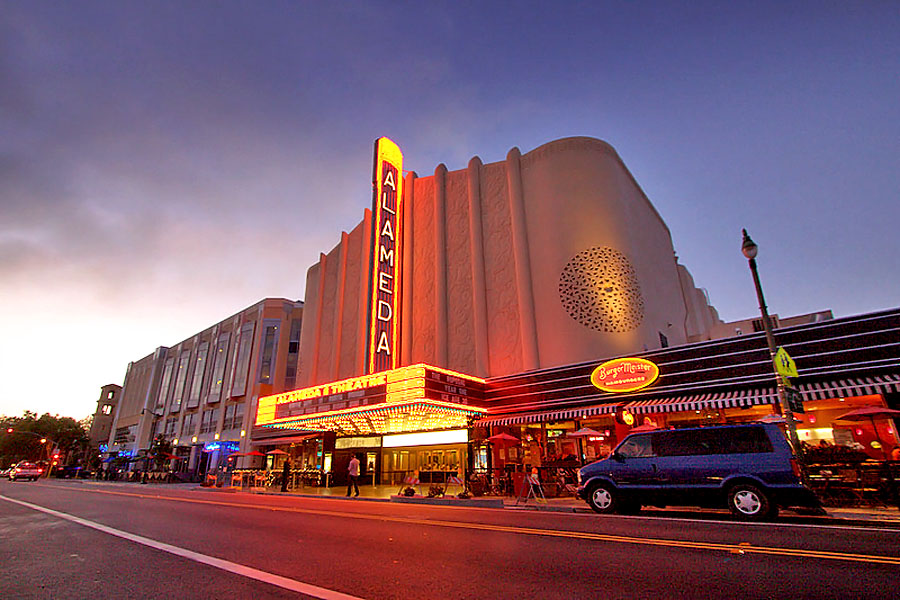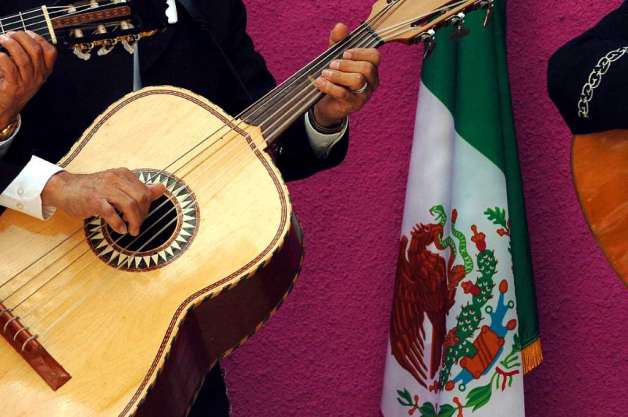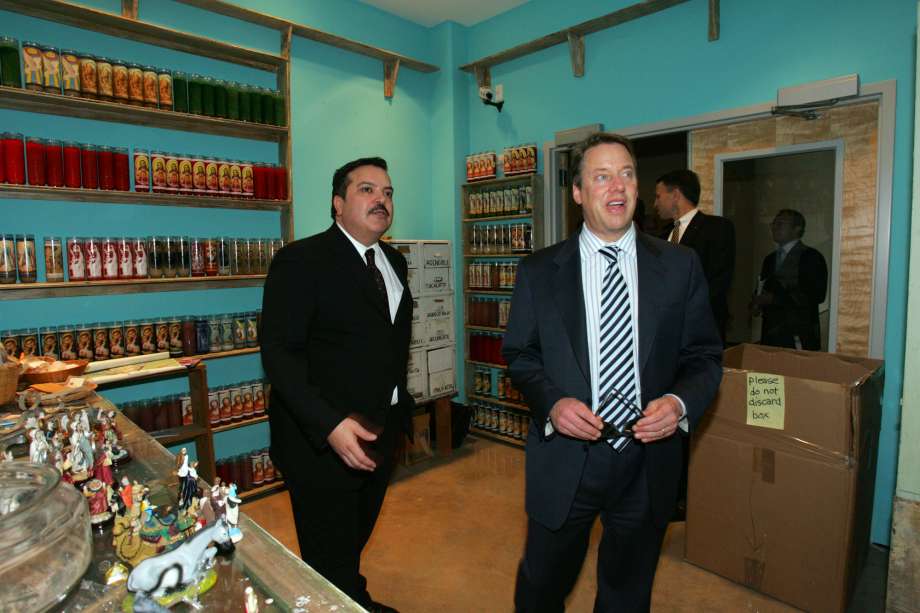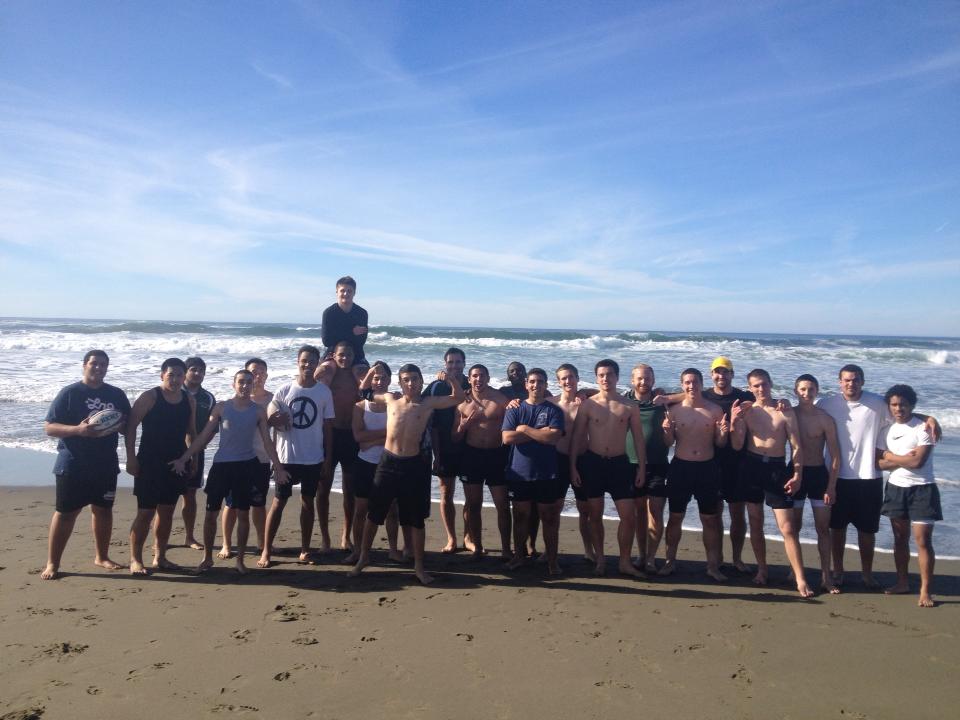
In partnership with the John F. Kennedy
Center for the Performing Arts
The Alameda Theater’s significance to American Latinos cannot be overstated. Built in 1949, the 2,400-seat Teatro Alameda was the largest theater palace ever built in this country dedicated to Spanish-language entertainment, and the year it opened was voted the most beautiful Spanish theater in the country. The theater’s colorful and unique synthesis of art deco and Mexican-styled architecture was the порно backdrop for gala movie premiers, variedades (Vaudeville-style shows), cultural events and glamorous civic functions throughout the 1950s and ’60s. The Alameda’s modern glamour came to symbolize the growing acceptance of the Latino middle class in America. It was the pride of the nation’s Latino community until the urban decay of the 1970’s largely ended its prosperity.
In 1995, the City of San Antonio порно онлайн purchased The Alameda complex, rescuing it from neglect and ultimate destruction. At that time, Centro Alameda, Inc. was formed, under the leadership of Henry R. Muñoz, III, with the intent of raising the funds necessary to restore the structure to its former glory. Because of its historical role as a symbol of Latino prosperity and achievement, The Alameda became the heart of a civic movement to revitalize the predominantly Latino West End of downtown San Antonio. Strategic partnerships were formed, and the blueprint for a nationally important, multifaceted home for Latino arts and culture was conceived.
When the theater is restored to its домашнее порно original brilliance and the most modern technological enhancements have been implemented, the Alameda Theater will be one of the premiere performing arts center in San Antonio. The estimated date for completion of the renovation is late 2005.
Family programs, mariachi, folklorico, flamenco and popular music concerts are among the genres we will present. We look forward to a vibrant and порно hd active role in bringing these distinctive art forms to the residents and tourists of San Antonio.
But our programming opportunities will not be limited to Latin forms. In 2001, we signed a partnership agreement with the Kennedy Center for the Performing Arts, the nation’s largest producer of arts education and a leading presenter of the arts in many disciplines.
Honoring the Alameda’s original conception as a meeting place for all American cultures, a world of programming awaits us in the fields of opera, dance, theater, comedy, television production, lectures, conferences, film, and concerts – genres in which the русское порно Kennedy Center is an unparalleled expert. With the large flex space planned in the theater, we also have the opportunity to offer unique educational and entertainment programs off the stage as well.
A theater with next generation technology and design opens up a wealth of opportunities for presentations that will move the spirit within us. Not only is the Alameda of cultural and historical importance to San Antonio, it holds inherent value for the future of the performing arts in South Texas and, with the development of the Alameda National Center for Latino Arts and Culture, will become a shining star on our nation’s cultural landscape.



